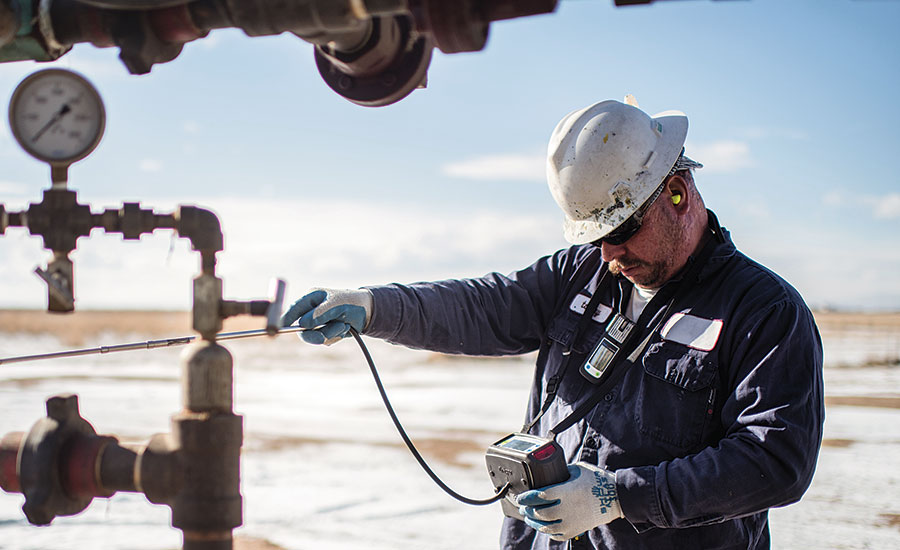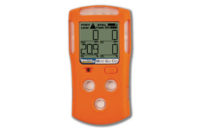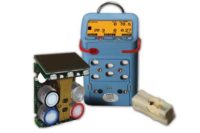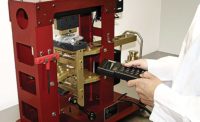Explosive gas monitoring is all about safety. Numerous factors must be assessed and analyzed. Sensor capabilities play a vital role — fast response times and wide temperature ranges are musts. You also need to know when to use catalytic or infrared (IR) gas detector technology.
This assessment is based on each application’s unique environment. During the refining process, exposure to explosive hazards from either natural gas (methane/ethane) or oil vapors (higher hydrocarbons such as pentane or octane) is possible.
Explosive hazards at the gas/liquid separator may be encountered as the oil and water mixture is pumped into tank vessels, or when the separator tank must be cleaned. Later in the refining process during the gas sweetening, dehydration and separation process steps, explosive hazards may be present due to factors including: leakages in processing vessels, process parameters (e.g., temperature, pressure, etc.), maintenance of processing vessels, transportation of CO2 and H2S by-products, and conducting work in confined spaces.
Catalytic sensors
Catalytic sensor technology can measure known and unknown explosive gases and vapors in applications where oxygen is present. Flammable gases and vapors, from methane to nonane, oxidize at the surface of the catalytic bead or pellistor to produce heat energy that results in a change of resistance. This heat energy corresponds in linear proportion to the concentration.
Sensor poisoning
Catalytic bead sensors are subject to poisoning of the pellistor, which means it will exhibit reduced reactivity. Substances that may contaminate sensors include:
- Silicones
- Tetraethyl lead
- Halogenated hydrocarbons
- Sulfur compounds
- Organophosphorus compounds
The impact of a poisoned pellistor on the methane sensitivity is much higher compared to other explosive gases or vapors. Methane is a more stable chemical compound and requires a greater activation energy to oxidize at the pellistor surface. A less active, poisoned pelllistor has less capability to reduce the activation energy. As a result, the poisoned pellistor or contaminated catalytic bead sensor has a lowered sensitivity towards methane.
Conduct a bump test and calibration to ensure proper performance of catalytic sensors. Consider counter strategies to deal with contamination:
Infrared sensors
Infrared (IR) sensor technology is based on the carbon-hydrogen bonds of hydrocarbons that absorb infrared light of a certain wavelength. Small wavelength differences between different infrared sensors can lead to different detection performance.
Compared to catalytic bead sensors, infrared sensors are not subject to sensor poisoning. Tthe lifetime of the sensor corresponds to the lifetime of the instrument. Oxygen is not necessary for operation, which allows these sensors to be used for inert measurements.
While infrared sensors are applicable for lower explosive limit (LEL) measurements of hydrocarbons, they not applicable for:
- LEL measurements of non-hydrocarbon components such as hydrogen
- Acetylene
- Measurement of unknown explosive gases
Appreciating the power behind a good sensor and understanding which applications it is most suited for should be used is needed to optimize the effectiveness of your safety program.






